After the 20th aligner, we initiated the reset phase, pausing treatment to rescan the patient and replan the final phase. At this stage, crowding had been resolved, and the open bite had been closed, although additional posterior intrusion was still needed to establish a stable correct overbite. This mid-treatment refinement is crucial to ensure precise fit and continued accuracy of the aligners.
After the reset phase, which involved treatment with 12 aligner pairs, treatment continued with a focus on further maxillary posterior intrusion to fine-tune the vertical correction (Fig. 9). The second round of aligners targeted case finishing with the specific objectives of improving posterior intercuspation, achieving precise midline correction and enhancing sagittal relationships through posterior IPR and the bilateral use of Class III elastics (Fig. 10).
Final outcomes
After 18 months of treatment, including the reset phase and refinements, the patient exhibited significant extra-oral improvements, including a more harmonious smile arc, increased incisor display at rest and notable facial profile enhancement driven by effective mandibular auto-rotation (Fig. 11). Intra-orally, the results included Class I molar and canine relationships, proper alignment and levelling of both arches, an ideal overjet and overbite, and coinciding maxillary and mandibular midlines (Fig. 12).
Beyond the occlusal and aesthetic improvements, vertical control had delivered significant facial changes, including a shortening of the lower facial third, improved upper and lower lip support, and an advancement of the chin by 5 mm (Fig. 13). Importantly, all of these changes were achieved without exacerbating the initial root resorption, as confirmed by the final panoramic radiograph (Fig. 14). The final cephalometric radiograph and tracing confirmed the successful treatment outcome, showing clear evidence of mandibular auto-rotation and a shortened lower facial third, contributing to improved facial proportions (Fig. 15).
Moreover, the final virtual articular mounting demonstrated a precise match between the patient’s maximum intercuspation and true arc of closure. This alignment reflects the achievement of orthopaedic stability—a sine qua non for long-term dental health, functional occlusion and the stability of the treatment results (Fig. 16).
Case 2: Patient with a complex malocclusion and temporomandibular disorder signs and symptoms
A 23-year-old female patient presented with persistent signs and symptoms of temporomandibular disorder (TMD) as her chief complaint. After seeking multiple professional opinions, she came to our clinic for a third evaluation. The patient exhibited a symmetrical facial structure, a bimaxillary retrusive profile and a mildly increased lower facial third. On smiling, dental crowding became apparent (Fig. 17).



 Austria / Österreich
Austria / Österreich
 Bosnia and Herzegovina / Босна и Херцеговина
Bosnia and Herzegovina / Босна и Херцеговина
 Bulgaria / България
Bulgaria / България
 Croatia / Hrvatska
Croatia / Hrvatska
 Czech Republic & Slovakia / Česká republika & Slovensko
Czech Republic & Slovakia / Česká republika & Slovensko
 France / France
France / France
 Germany / Deutschland
Germany / Deutschland
 Greece / ΕΛΛΑΔΑ
Greece / ΕΛΛΑΔΑ
 Hungary / Hungary
Hungary / Hungary
 Italy / Italia
Italy / Italia
 Netherlands / Nederland
Netherlands / Nederland
 Nordic / Nordic
Nordic / Nordic
 Poland / Polska
Poland / Polska
 Portugal / Portugal
Portugal / Portugal
 Romania & Moldova / România & Moldova
Romania & Moldova / România & Moldova
 Slovenia / Slovenija
Slovenia / Slovenija
 Serbia & Montenegro / Србија и Црна Гора
Serbia & Montenegro / Србија и Црна Гора
 Spain / España
Spain / España
 Switzerland / Schweiz
Switzerland / Schweiz
 Turkey / Türkiye
Turkey / Türkiye
 UK & Ireland / UK & Ireland
UK & Ireland / UK & Ireland
 Brazil / Brasil
Brazil / Brasil
 Canada / Canada
Canada / Canada
 Latin America / Latinoamérica
Latin America / Latinoamérica
 USA / USA
USA / USA
 China / 中国
China / 中国
 India / भारत गणराज्य
India / भारत गणराज्य
 Pakistan / Pākistān
Pakistan / Pākistān
 Vietnam / Việt Nam
Vietnam / Việt Nam
 ASEAN / ASEAN
ASEAN / ASEAN
 Israel / מְדִינַת יִשְׂרָאֵל
Israel / מְדִינַת יִשְׂרָאֵל
 Algeria, Morocco & Tunisia / الجزائر والمغرب وتونس
Algeria, Morocco & Tunisia / الجزائر والمغرب وتونس
 Middle East / Middle East
Middle East / Middle East

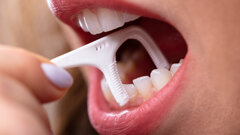





















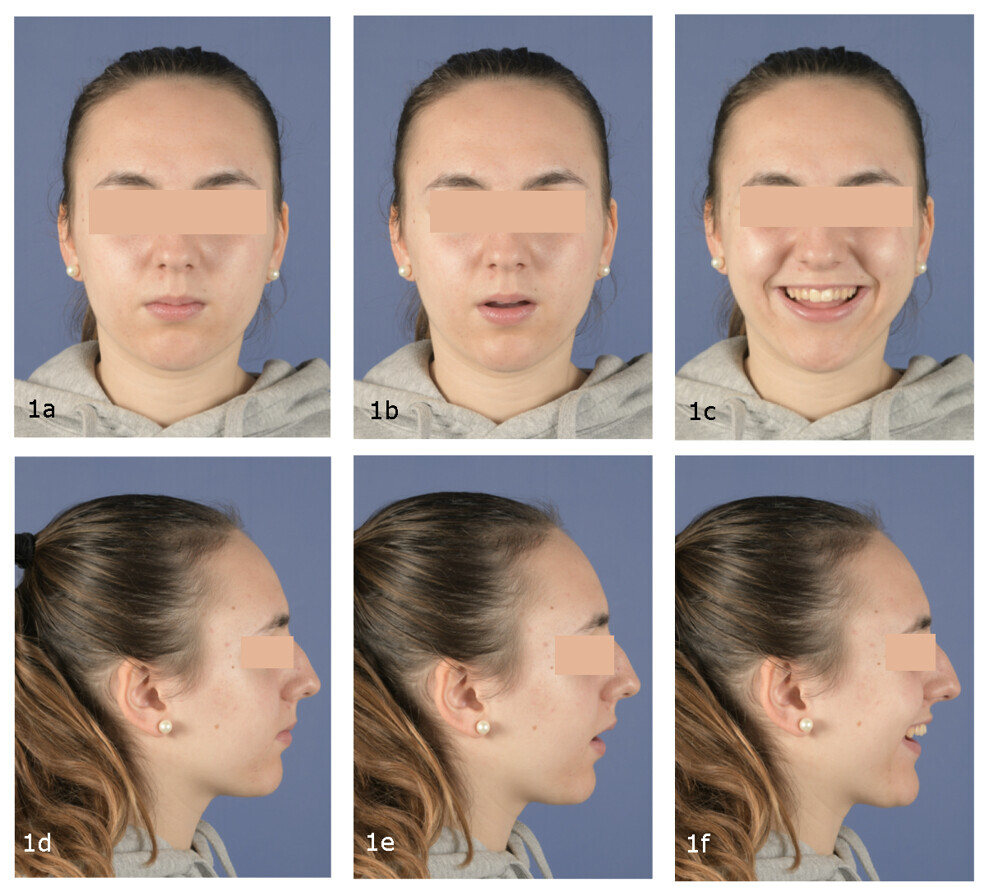
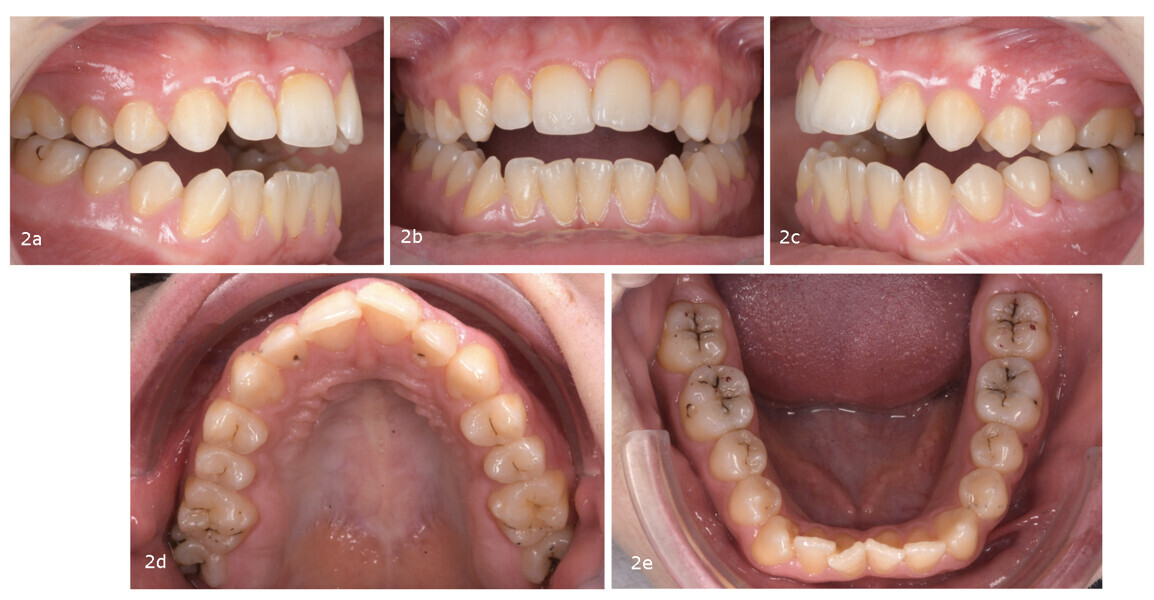
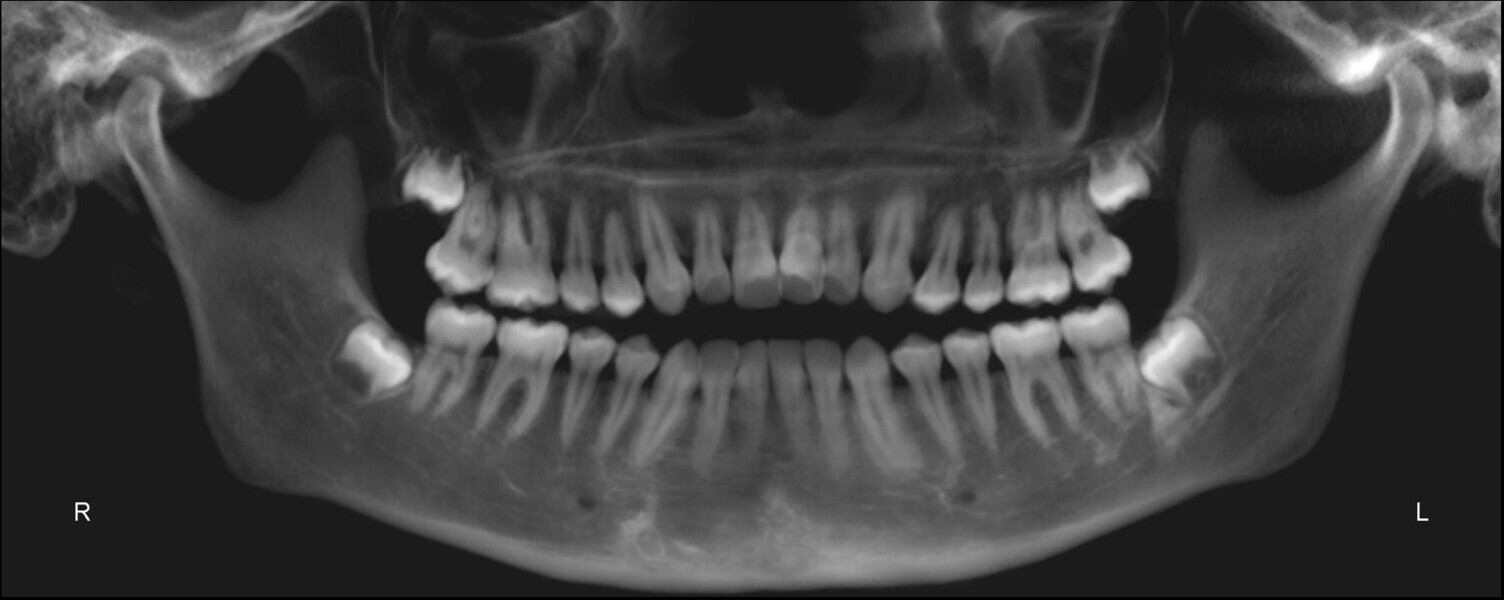
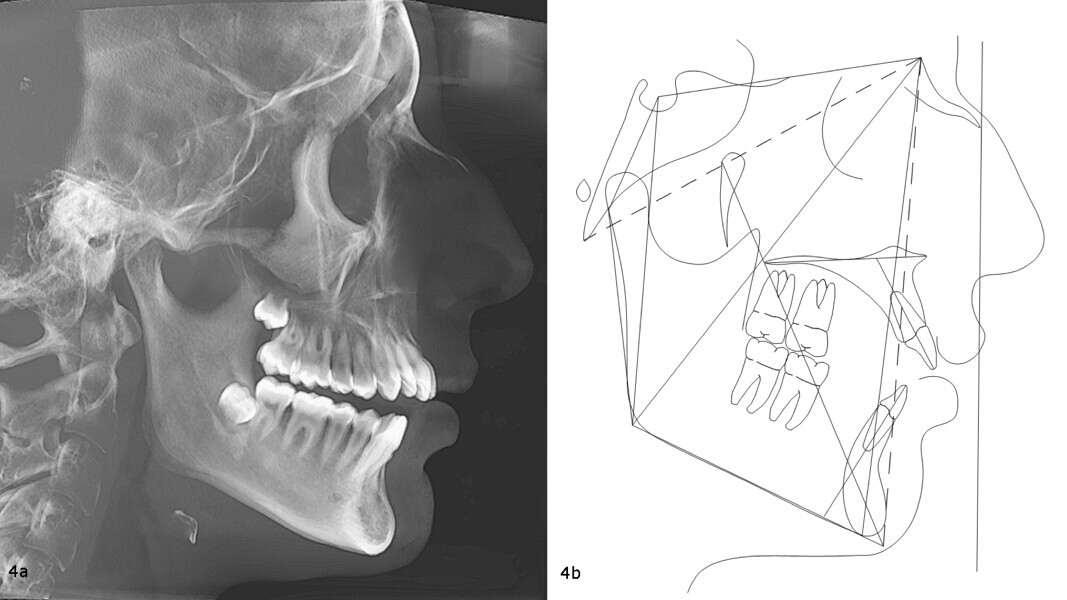
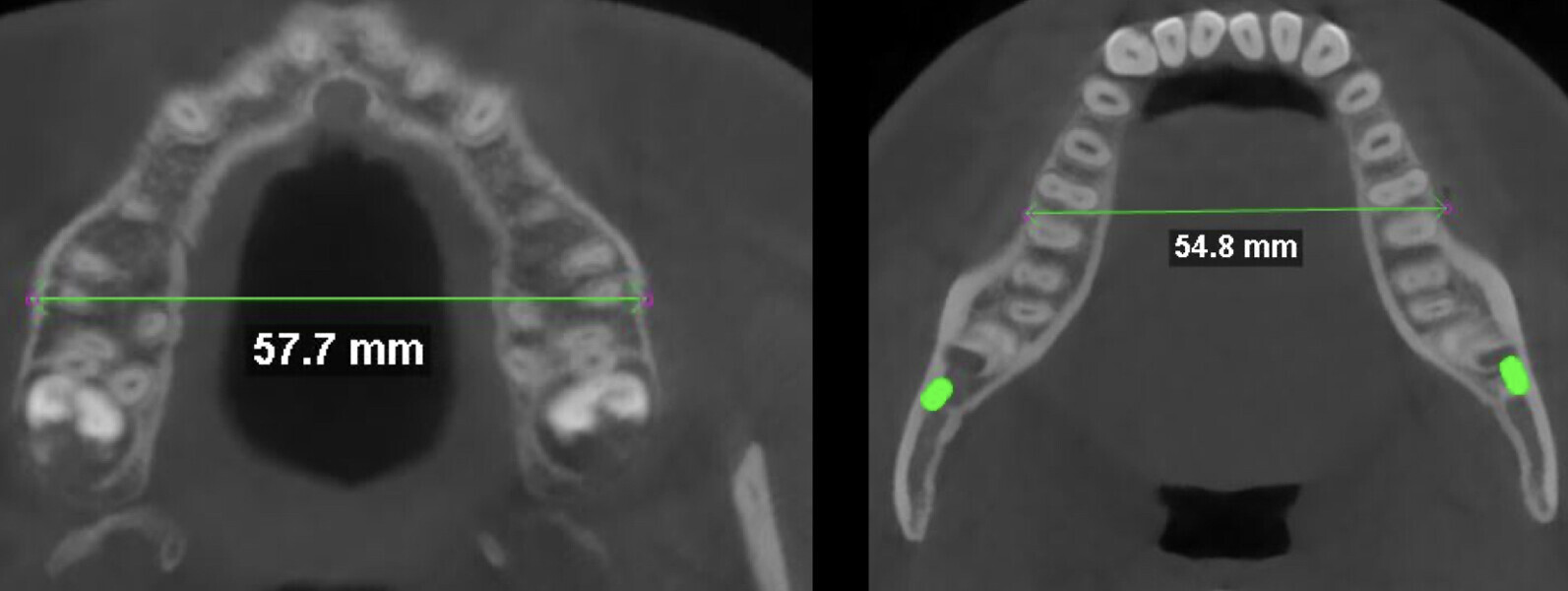
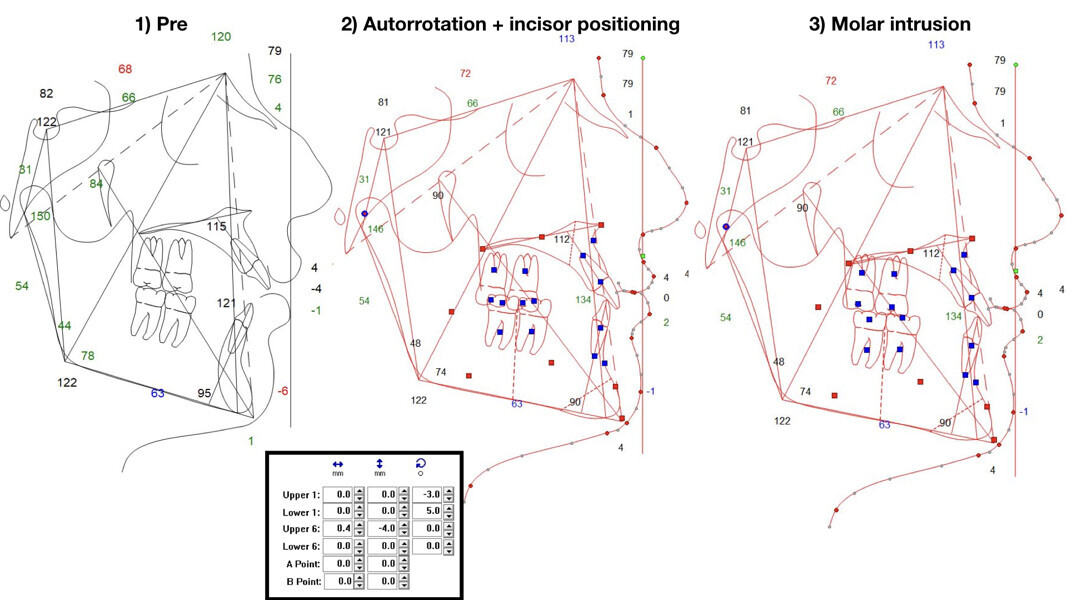
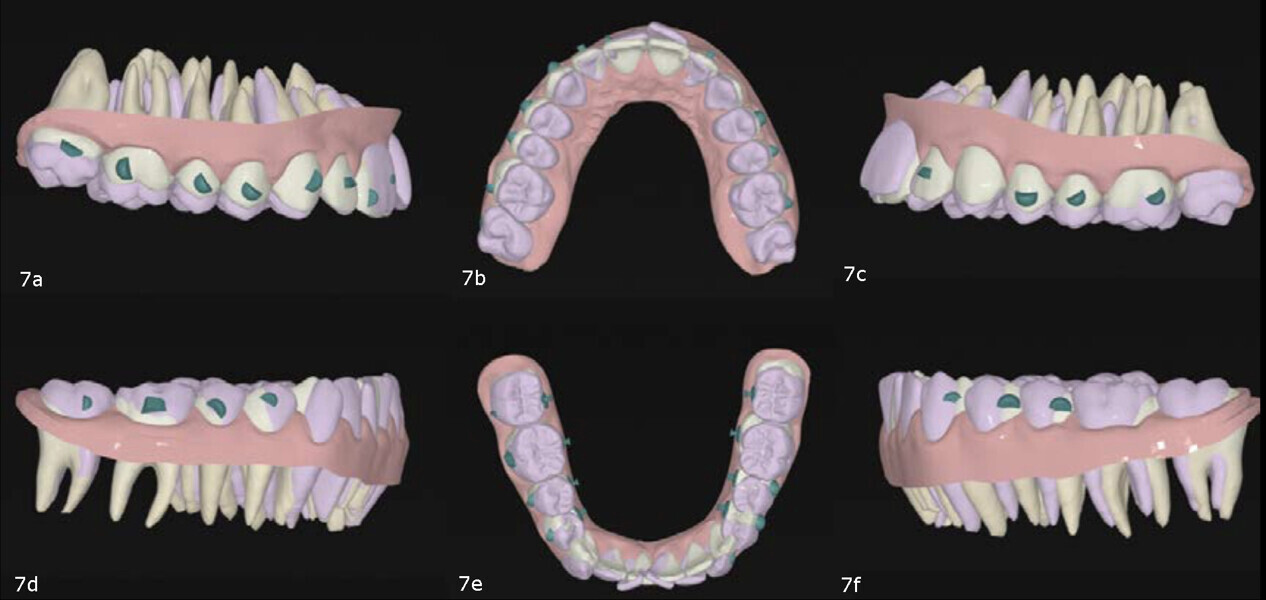

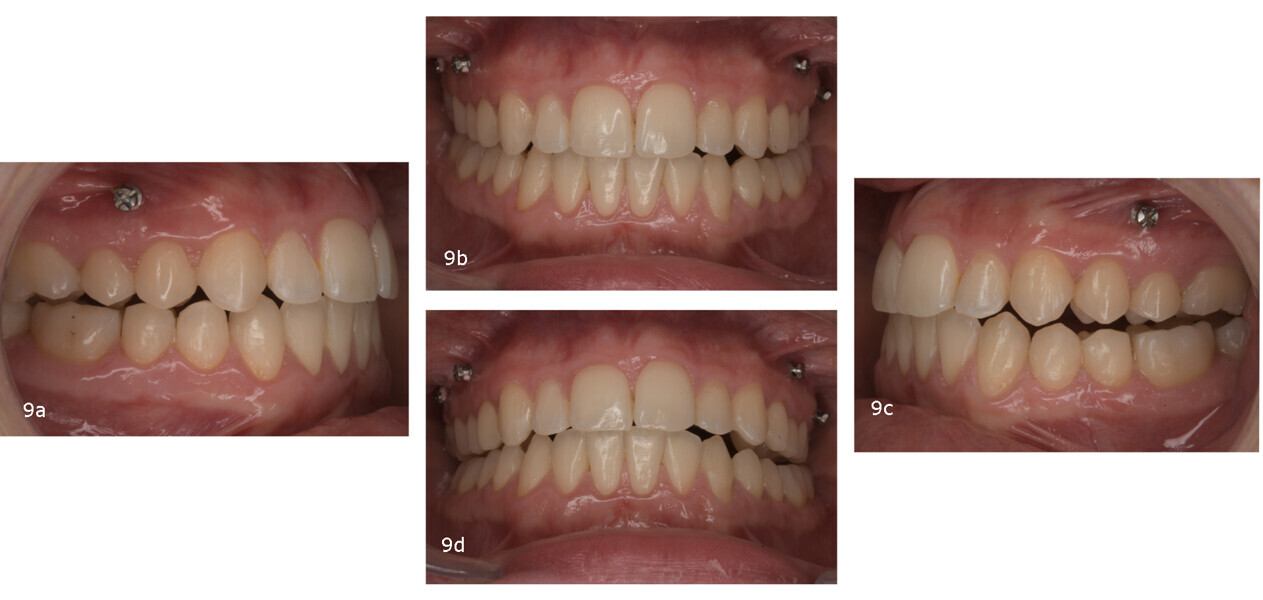
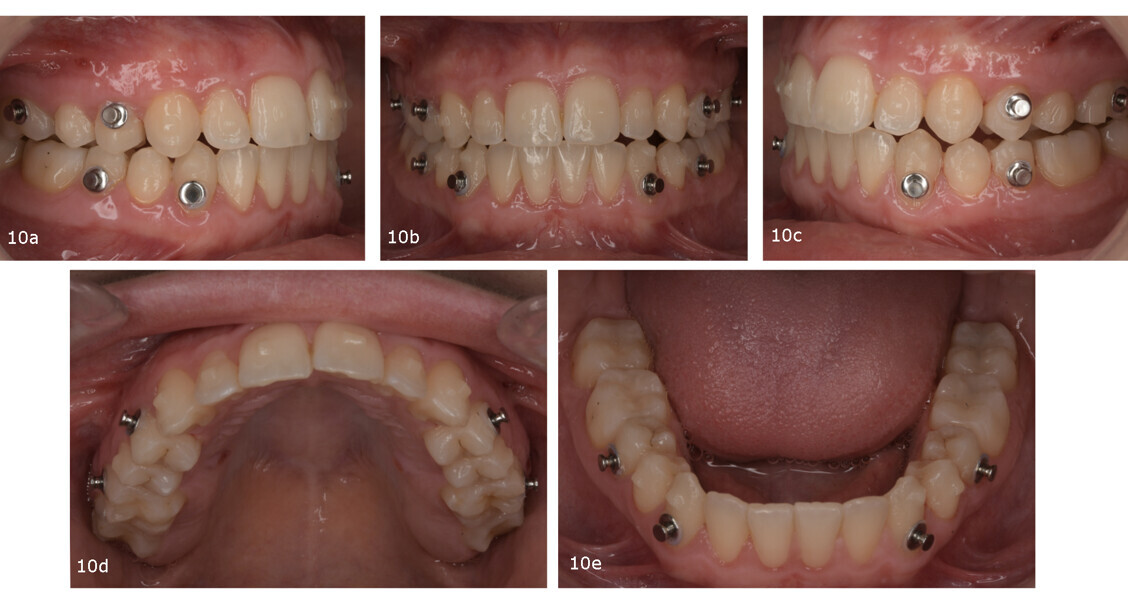

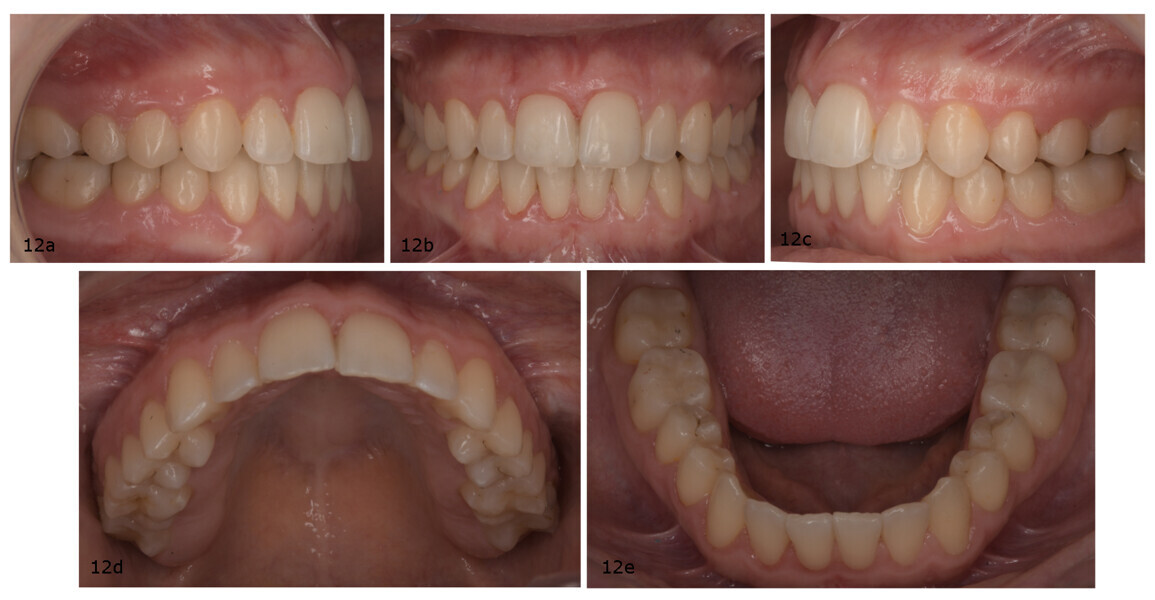

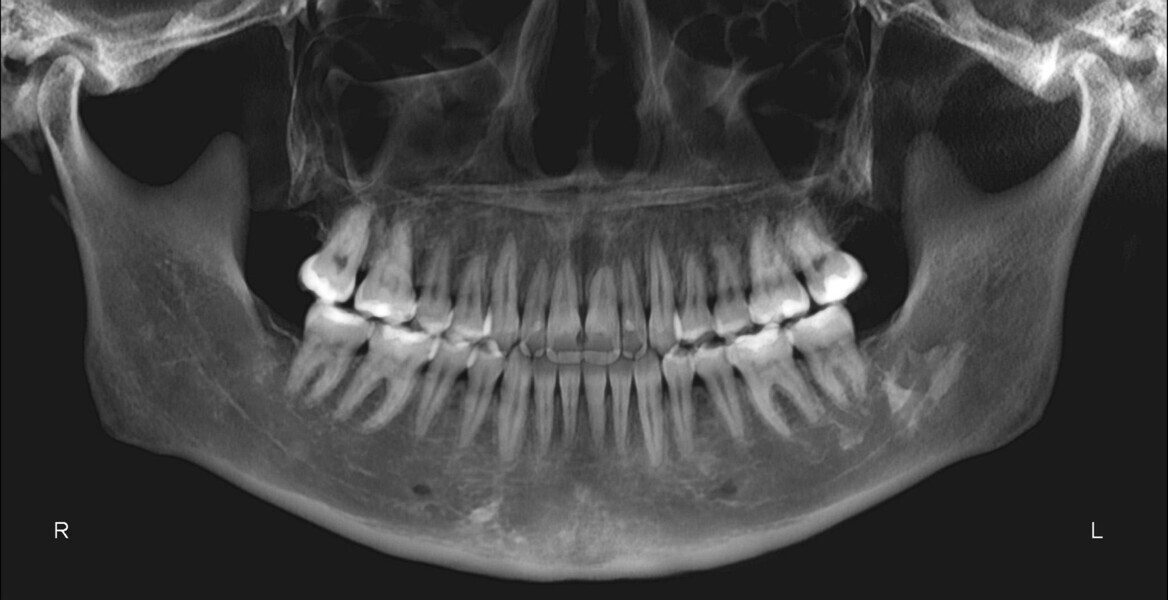
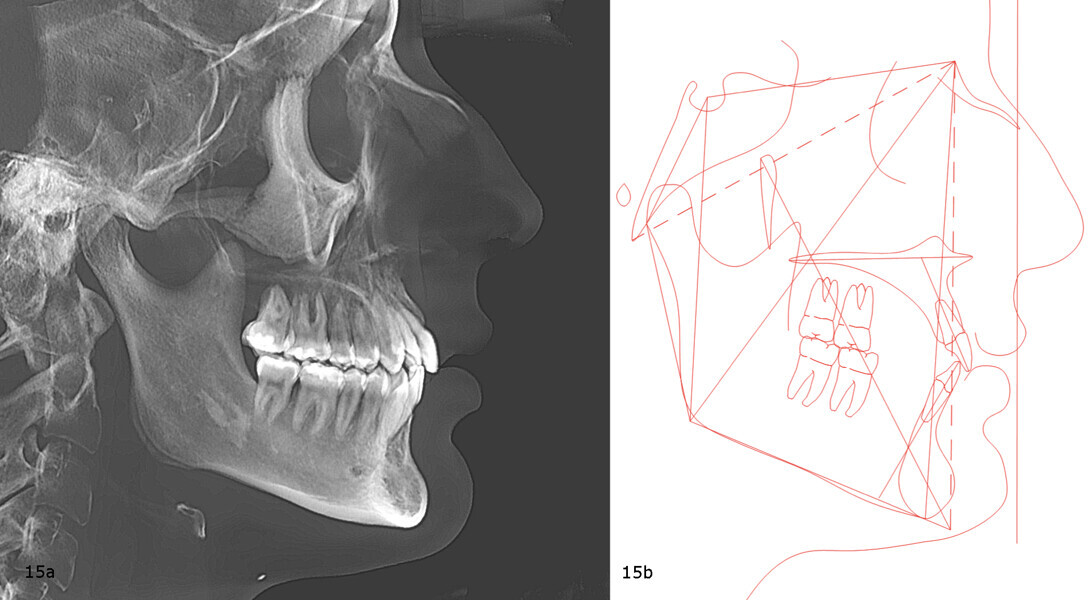

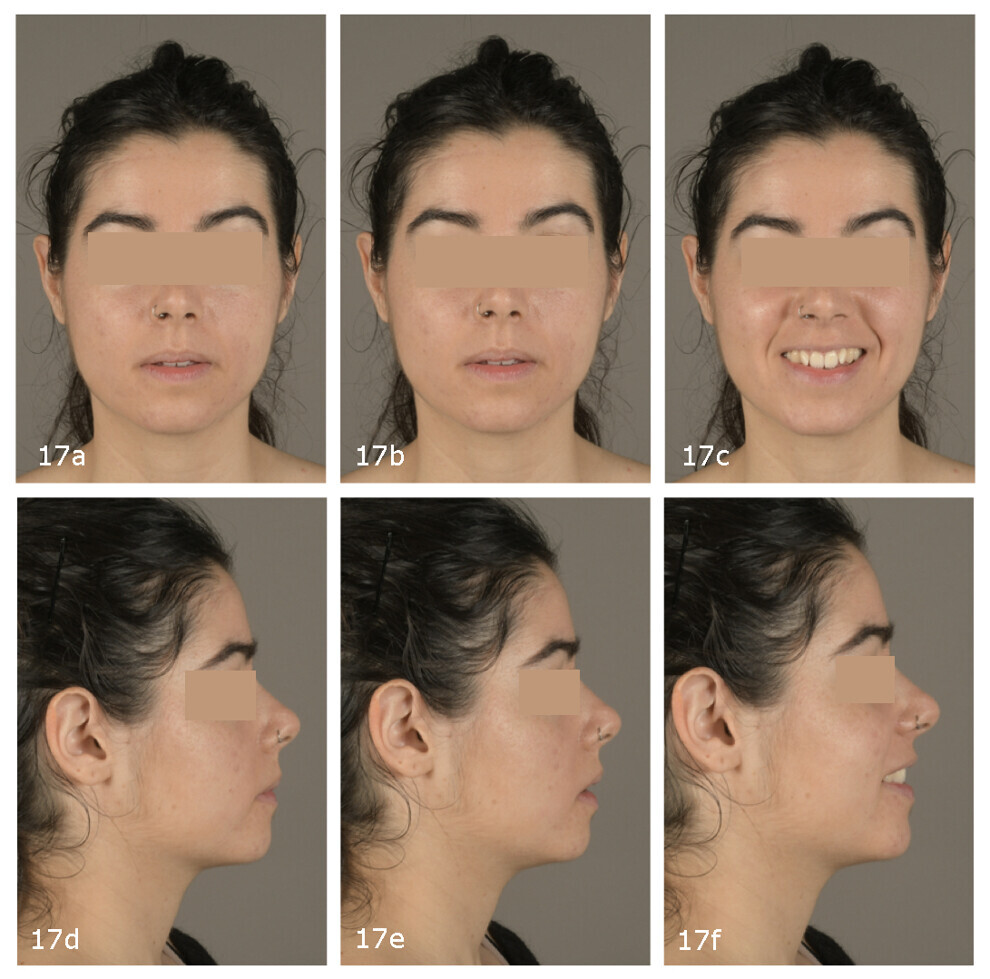
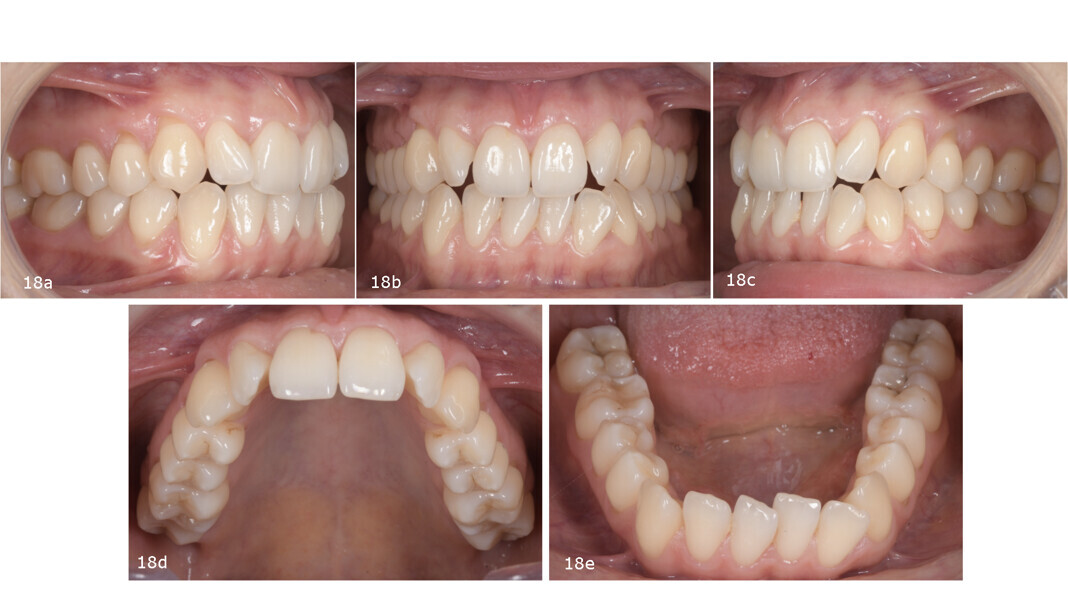
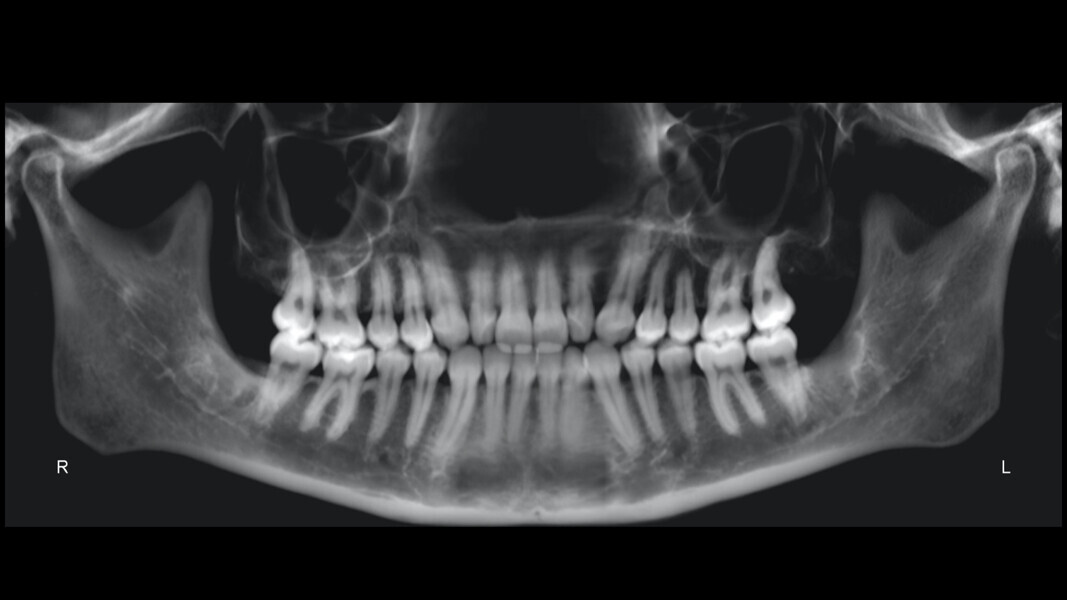
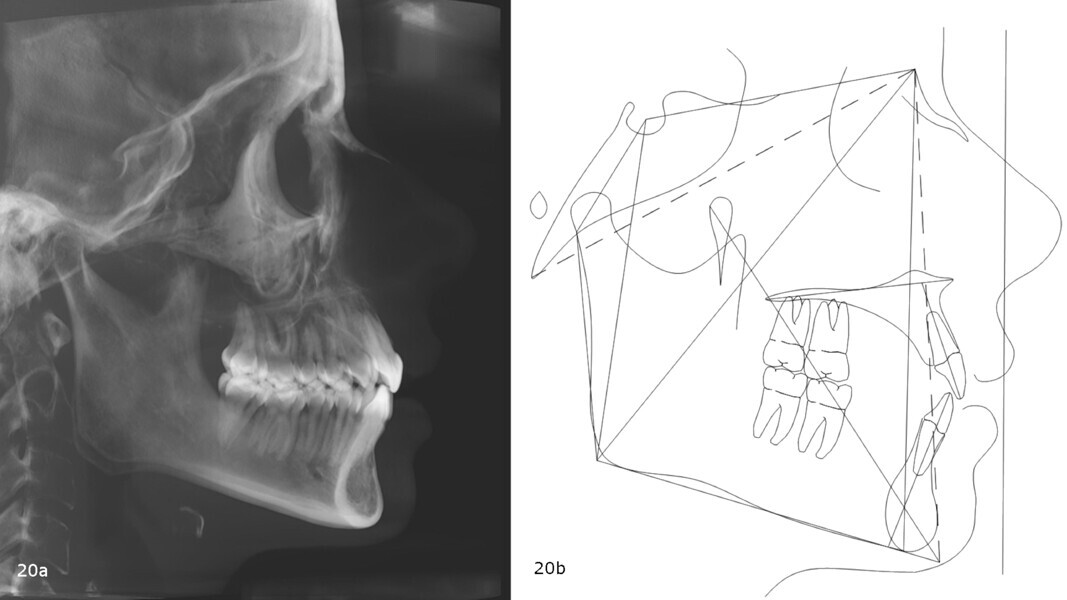



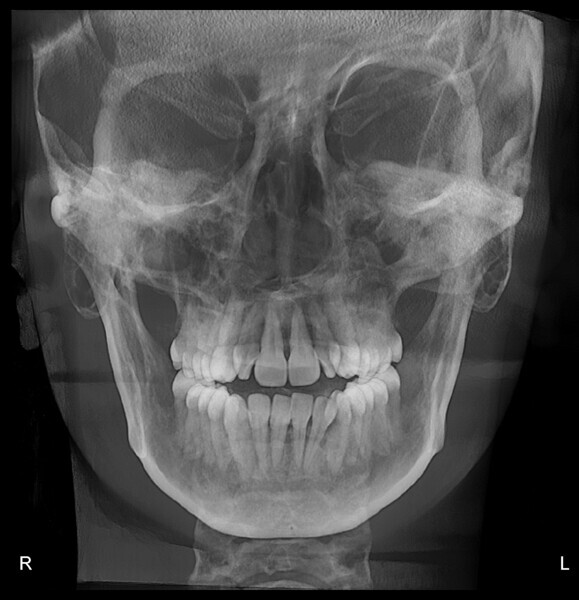

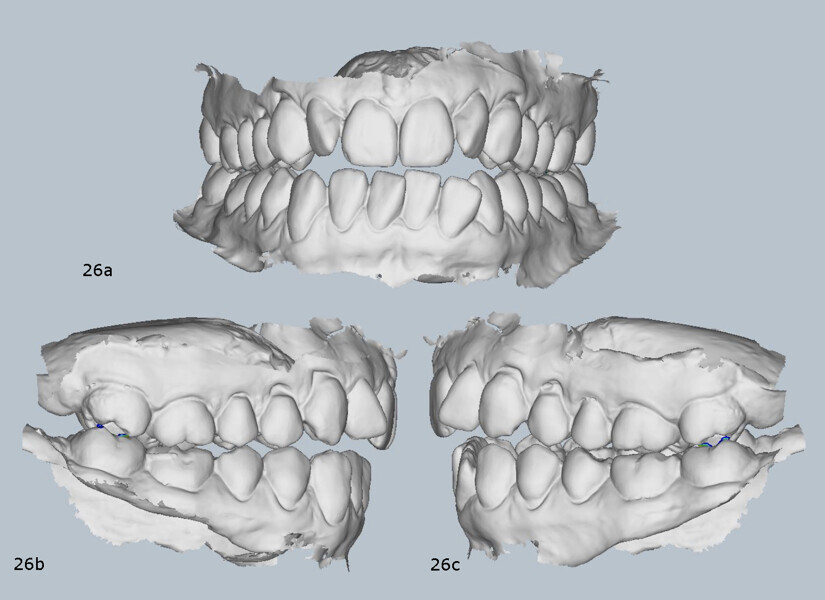


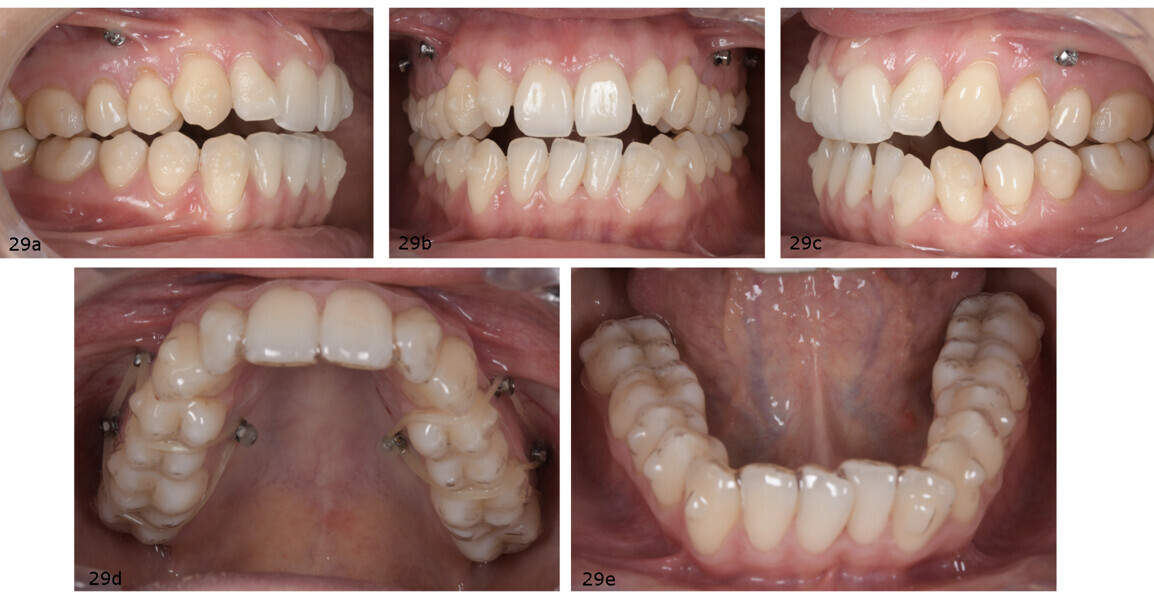
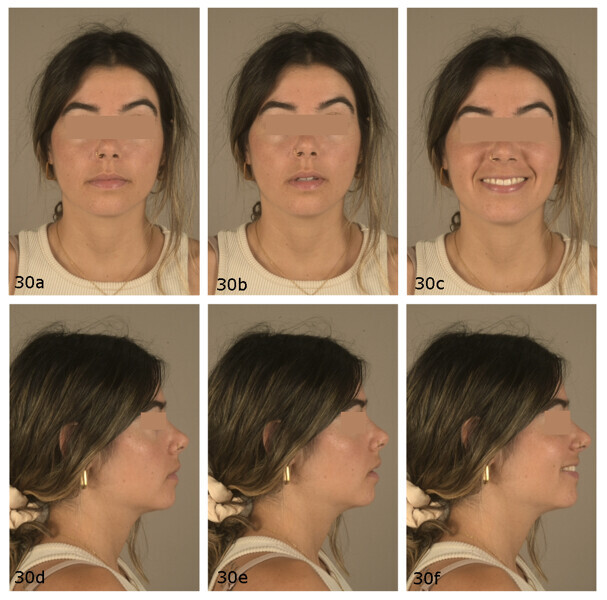

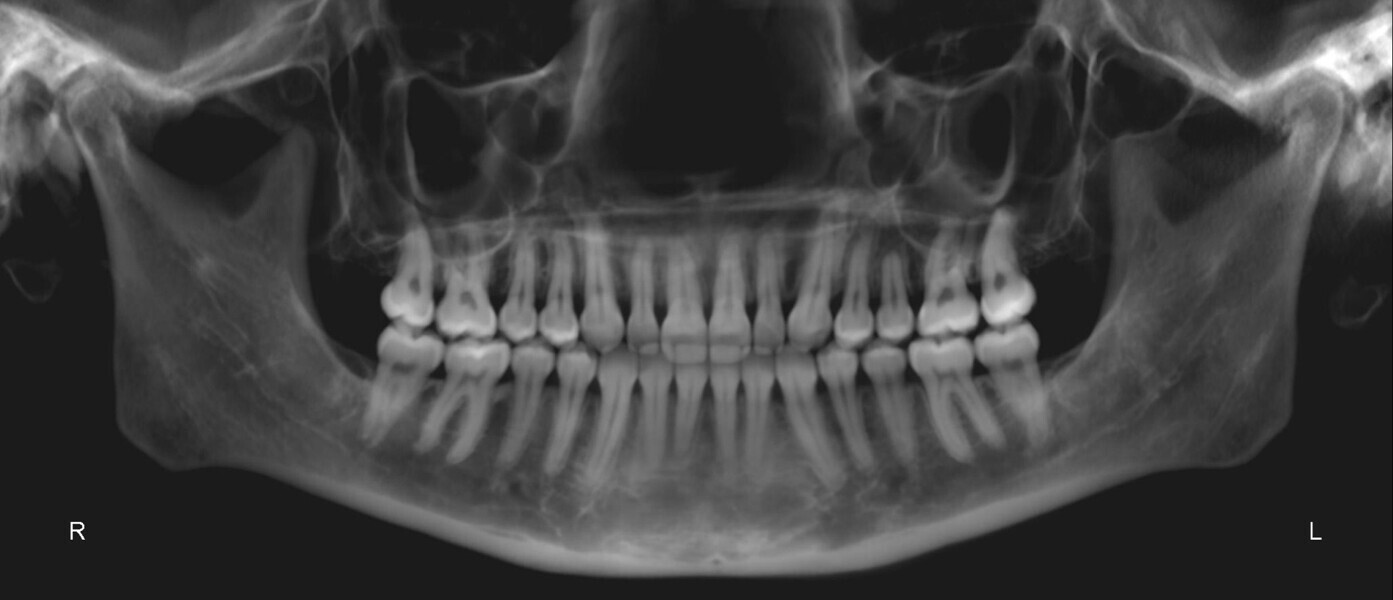


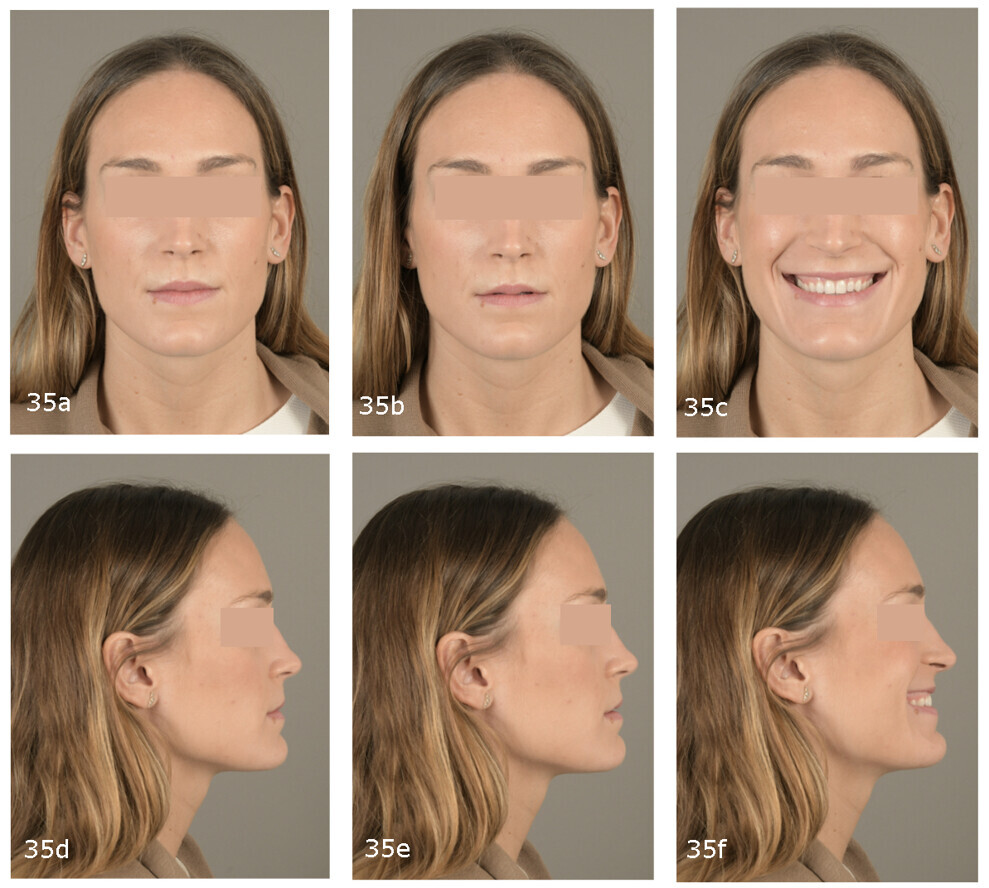
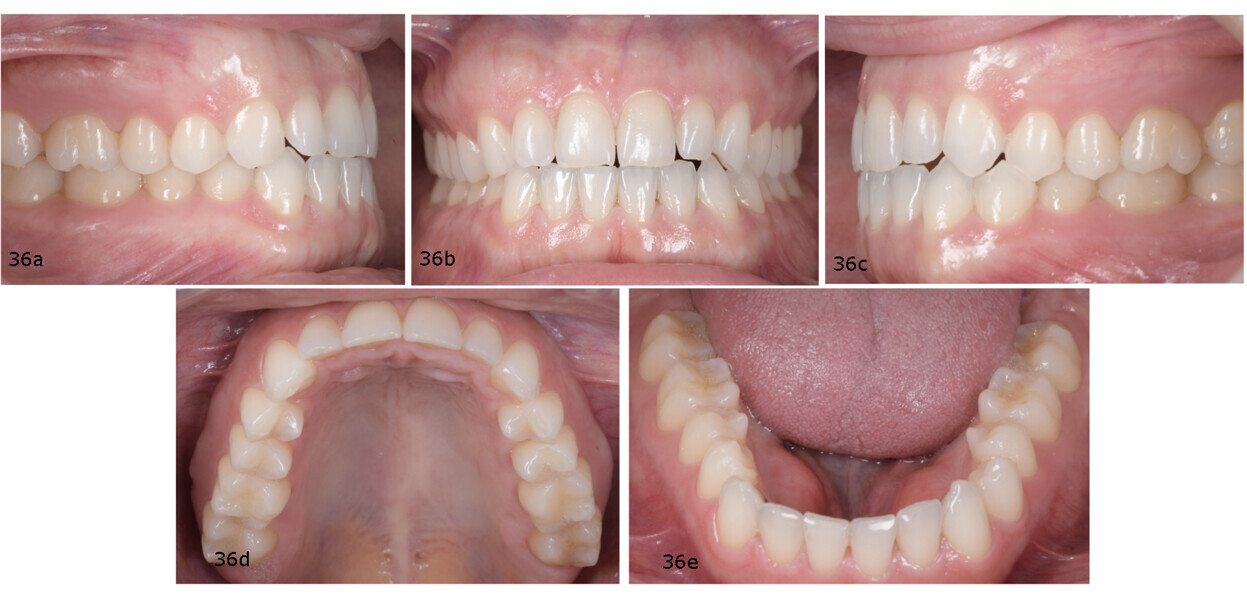

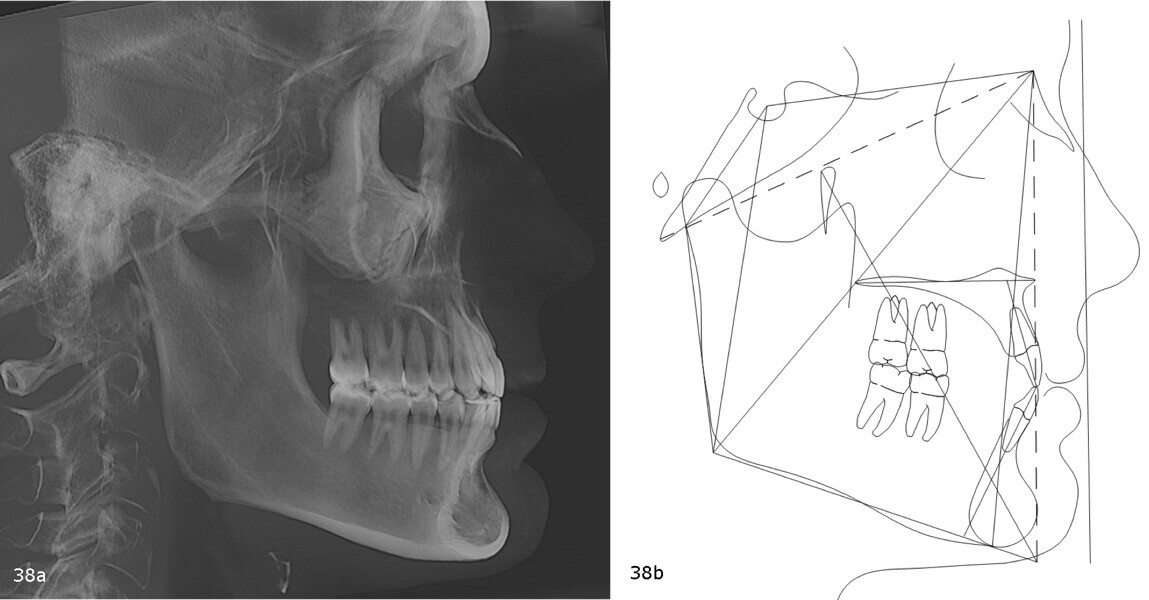

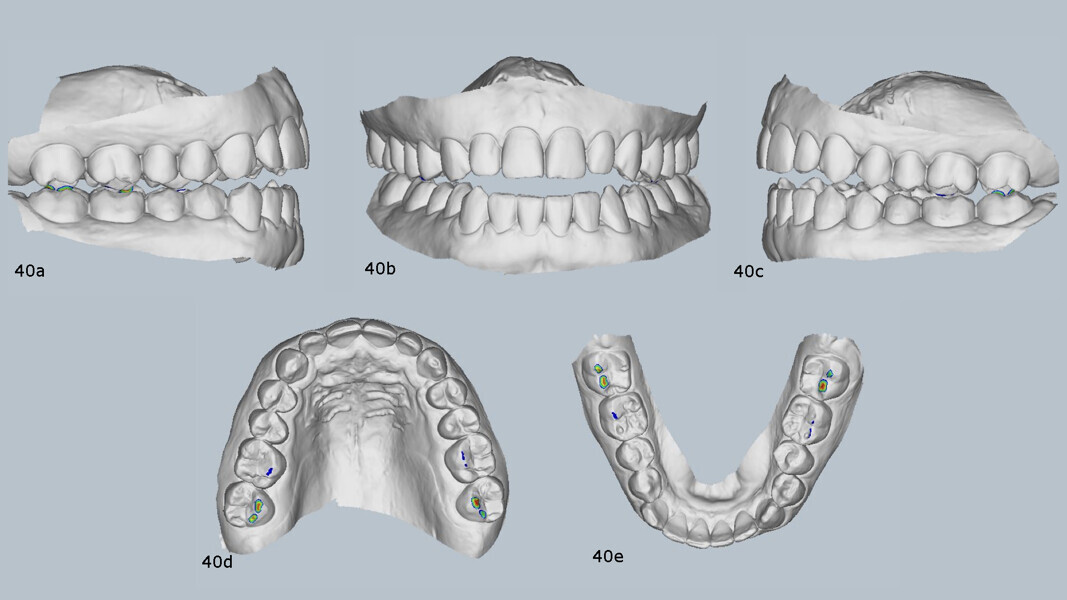
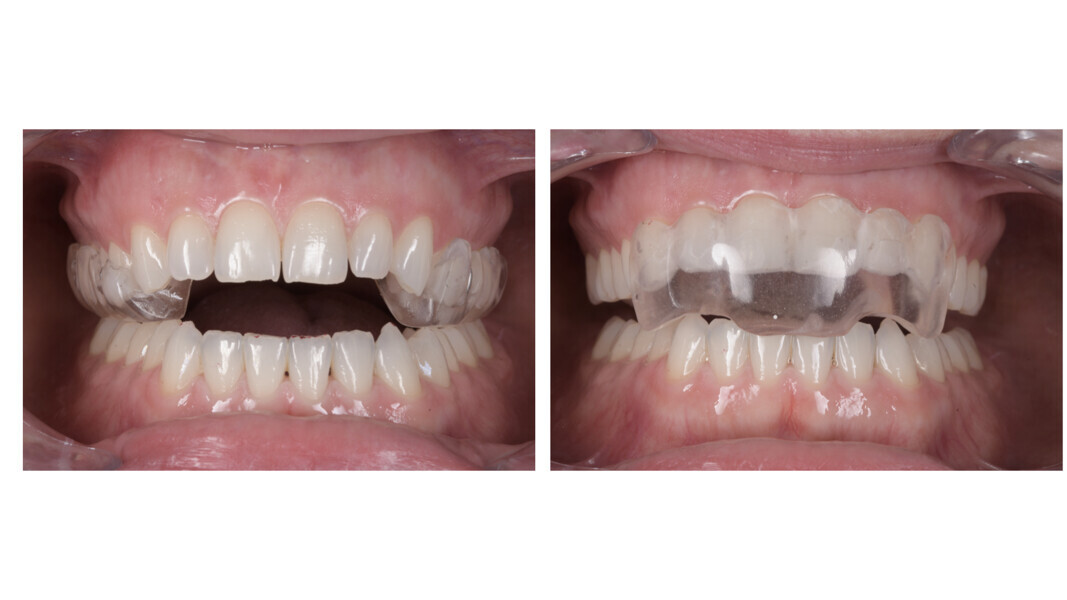
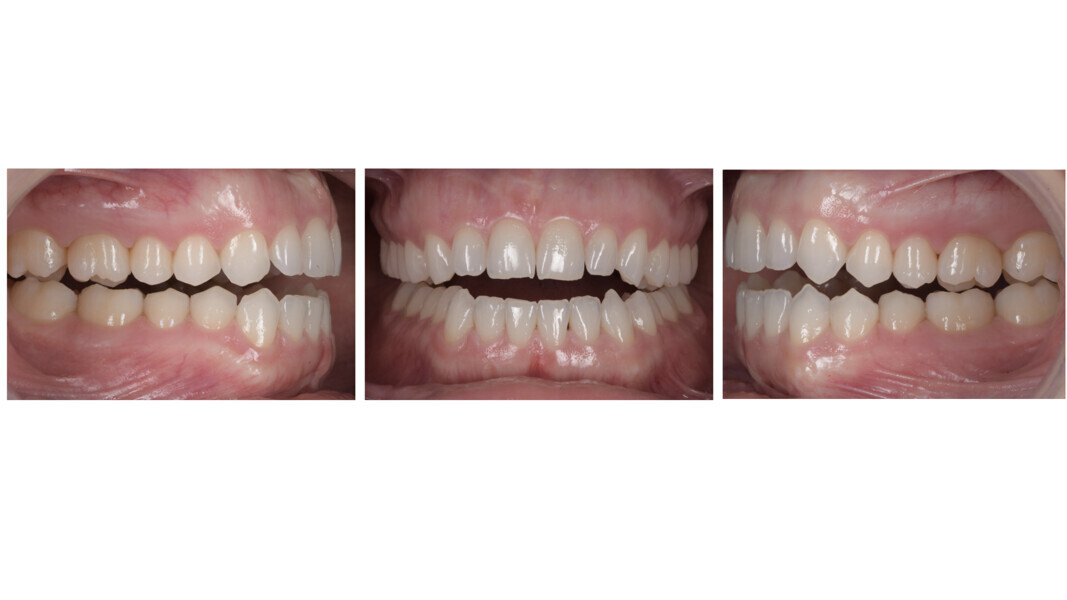

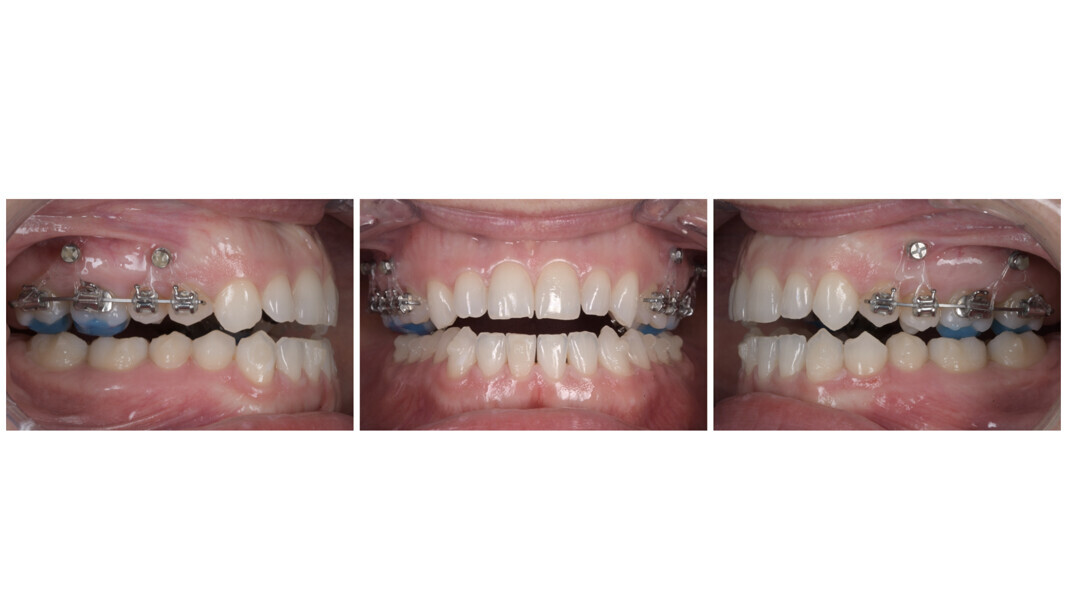

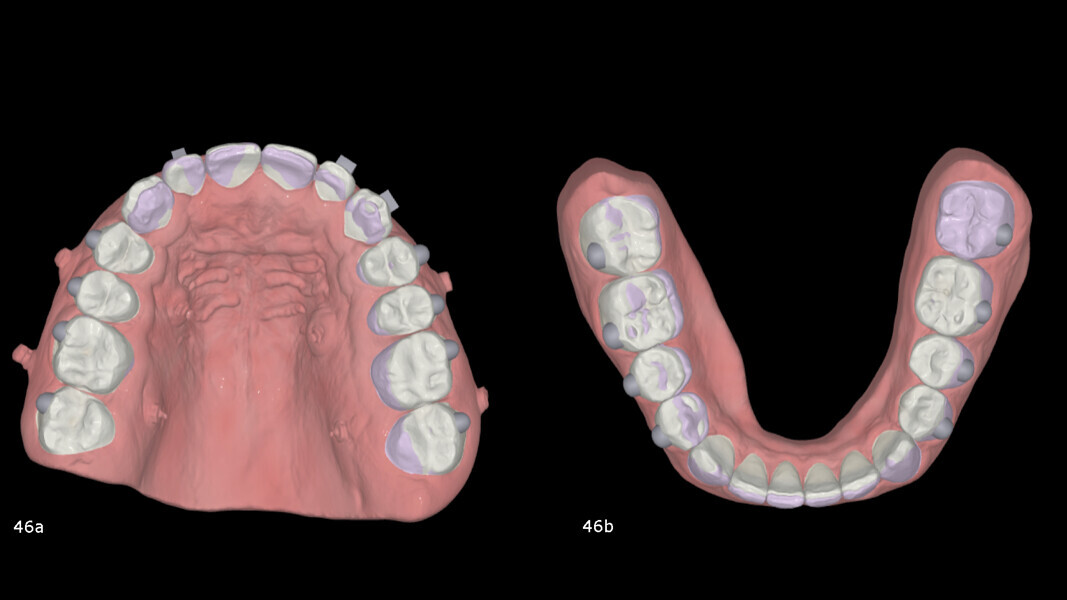
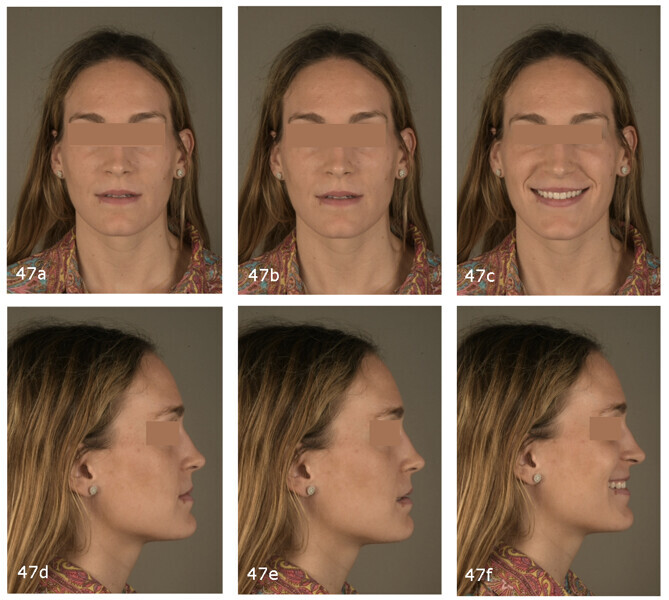

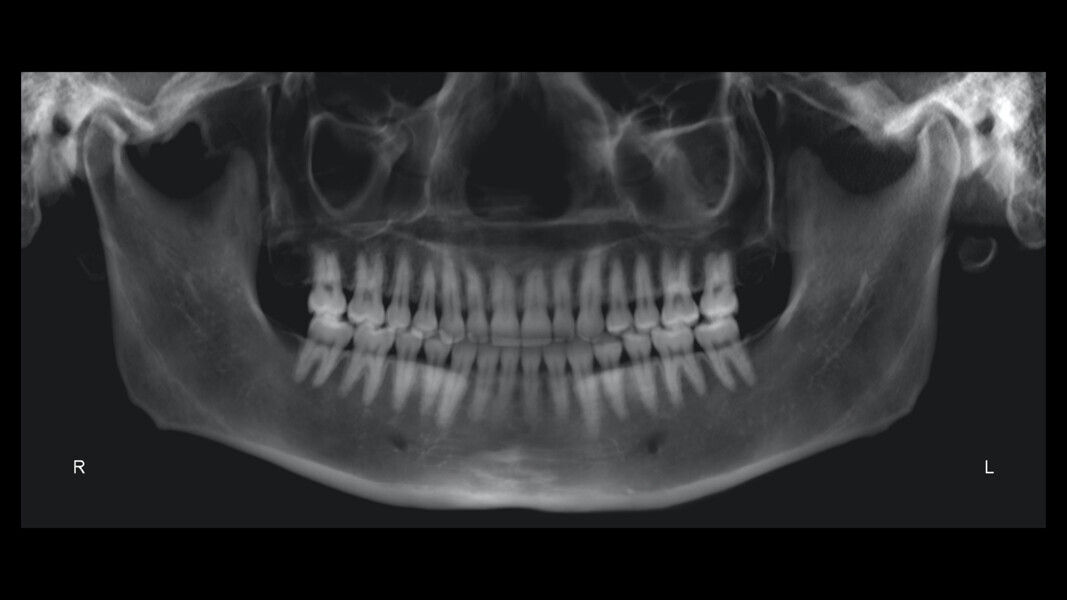
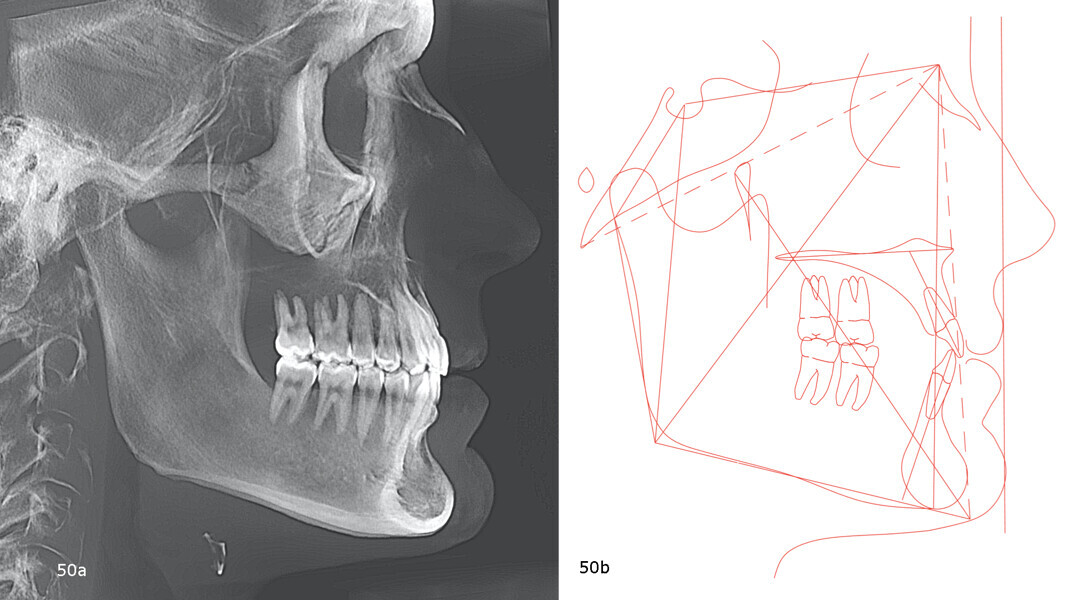
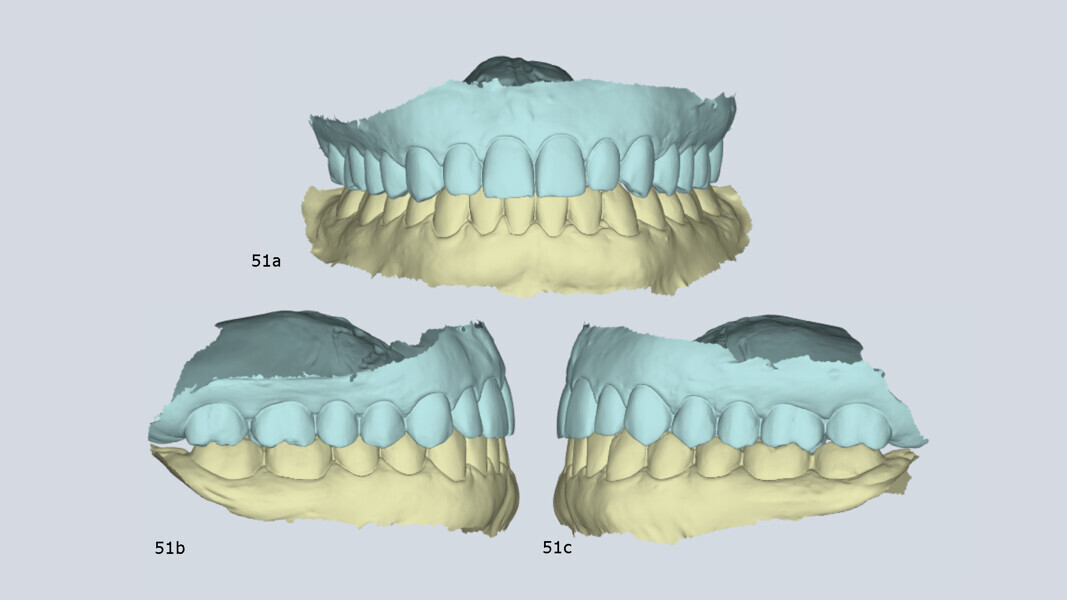


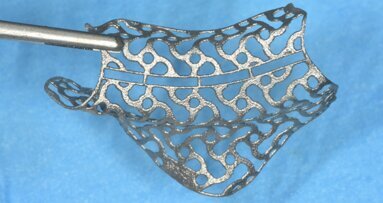
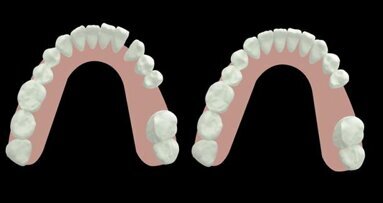

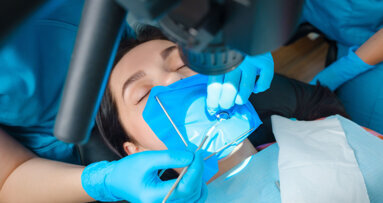

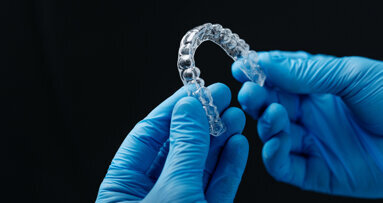










To post a reply please login or register